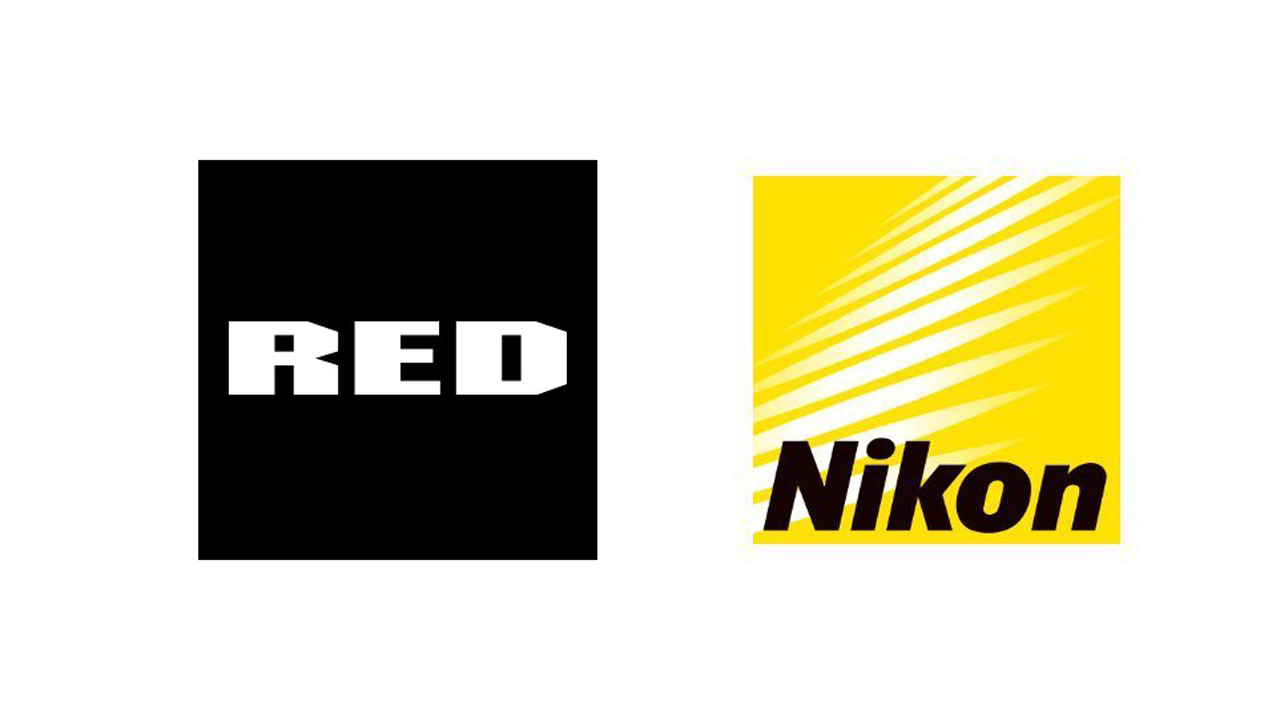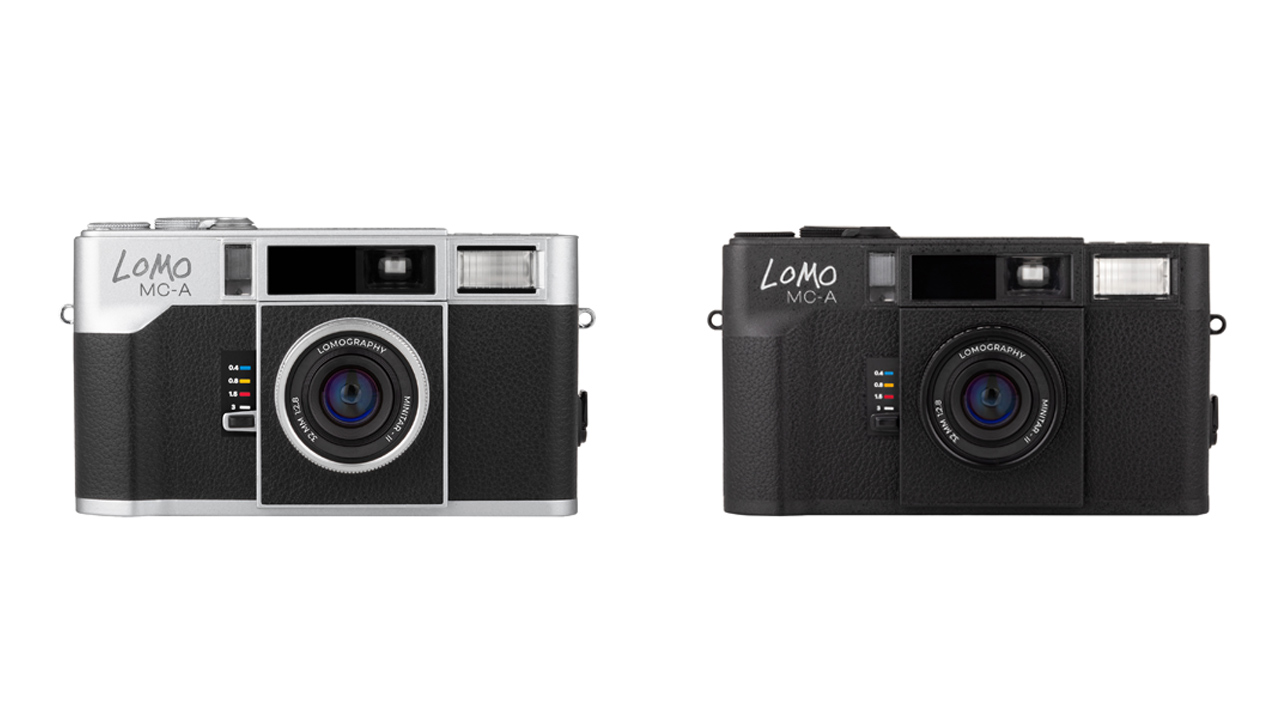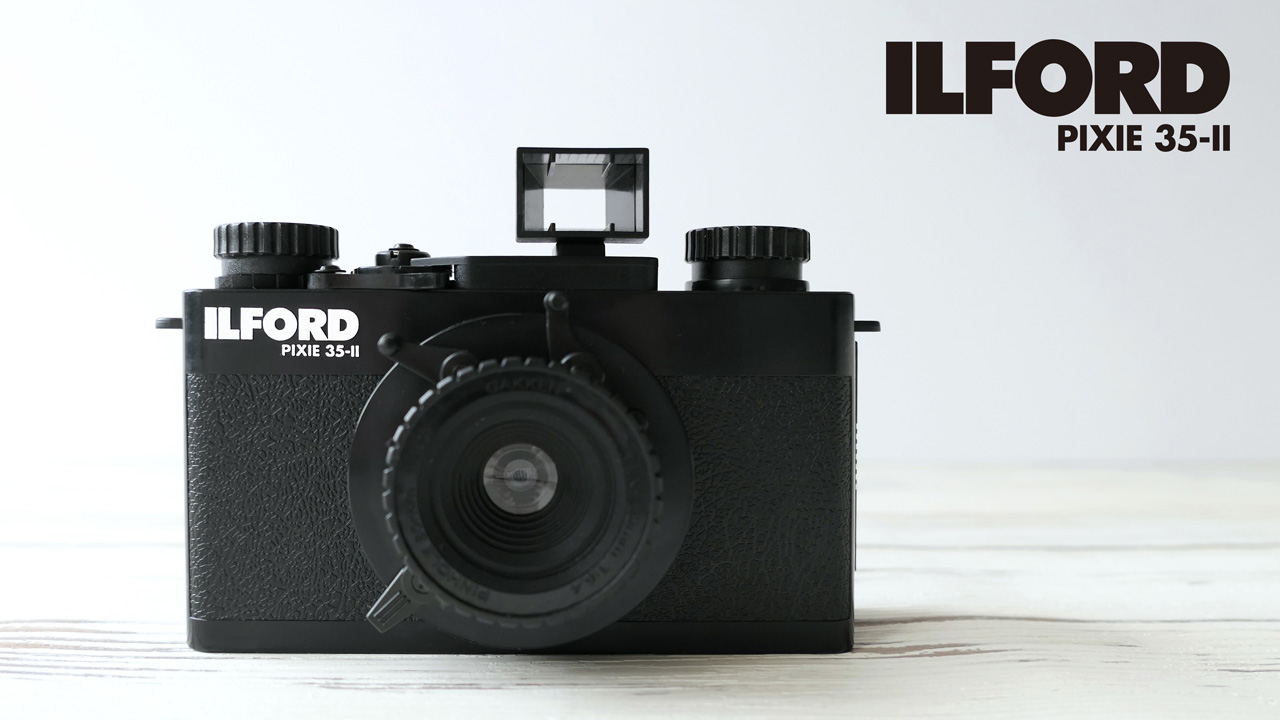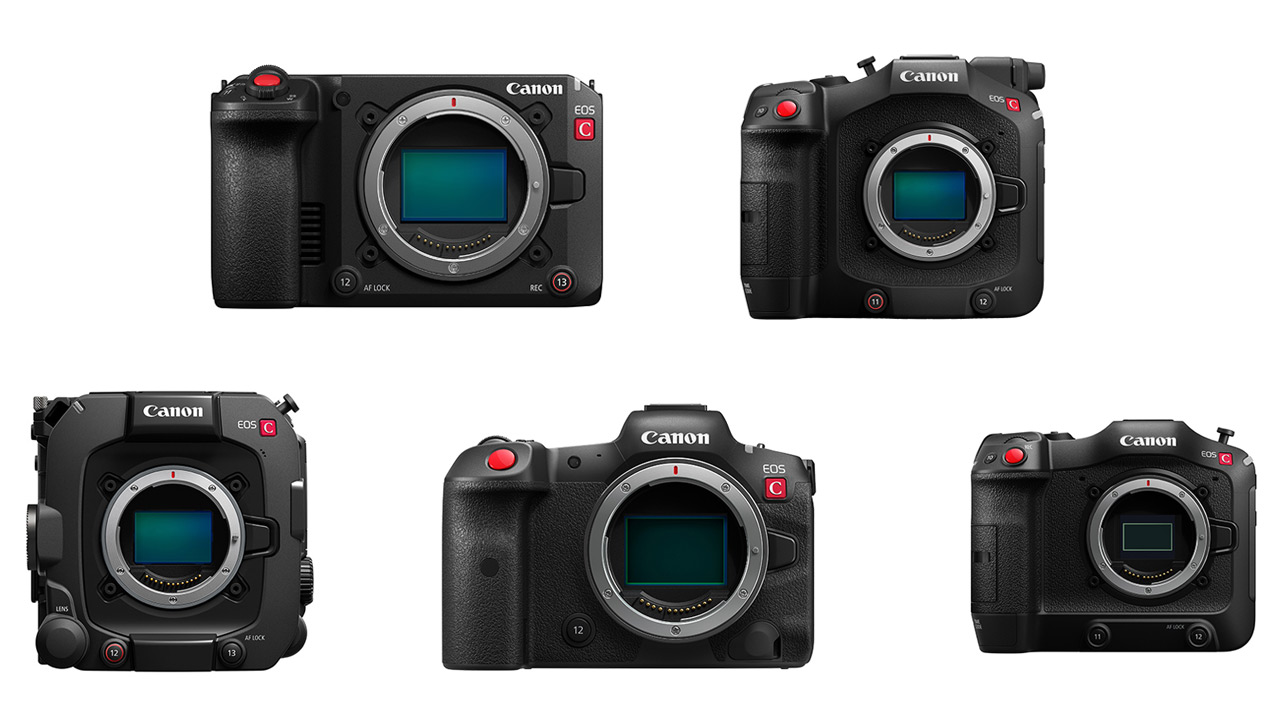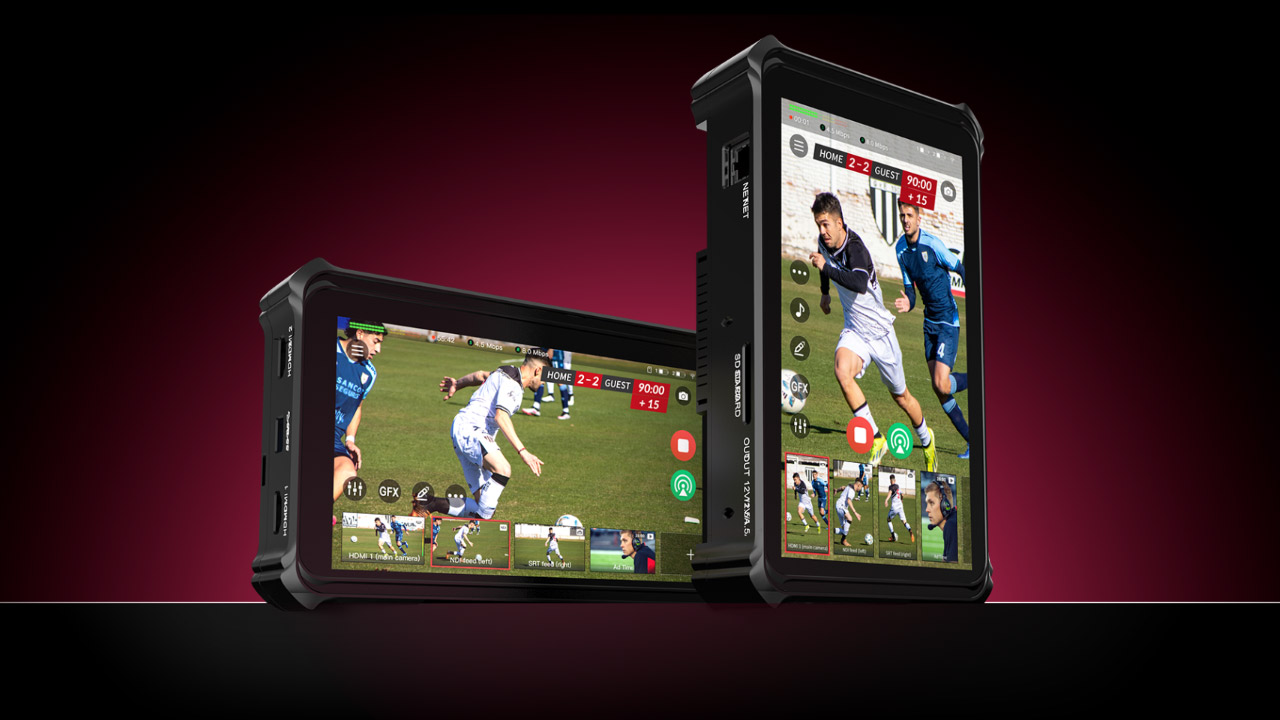Nikon’s Roots Vol. 04
![Nikorex 35 [Nikon Genealogy] Vol.04](https://jp.static.pronews.com/pronewscore/wp-content/uploads/2023/12/230915_NIKKOREX35_01-Small.jpg)
Nikkorex 35 Was Built for Popularity
Nikon has continued to make 35mm cameras with interchangeable lenses, and in 1959 they released the Nikon F single-lens reflex camera. However, both Nikon’s previous rangefinders and single-lens reflex cameras, which started with the Nikon F, were relatively expensive at the time, and not something the average user could easily afford. In order to promote photography culture and expand the camera business, it was essential to provide a more affordable and easy-to-use device.
This is not just a Nikon situation; other manufacturers have had similar thoughts. The most symbolic one was the introduction of Canonet in 1961. Canon, which until then had only produced high-end cameras, suddenly made an inroads into the market for lens-shutter 35mm cameras. Canonet had a see-through viewfinder camera with a linked rangefinder and shutter-priority AE, but Nikon similarly chose a lens-shutter SLR camera to release a popular model. That is Nikkorex 35 (1960).
Lens shutter single lens reflex
Lens shutter single-lens reflex cameras have been around for a long time. Famous films using 35mm film include West German Zeiss Ikon’s Contaflex (1953) and Voigtlander’s Besamatic (1959), but Topcon PR (1959) was already on the market in Japan. Since the lens shutter is located in the middle or directly behind the photographic lens, the subject light will not reach the viewfinder of a single-lens reflex camera. However, when the shutter is opened, the film is exposed to light leaking from around the mirror. Therefore, a light-shielding plate is provided just in front of the film so that it can be retracted during photographing, similar to a mirror.
Therefore, when you press the shutter button to take a picture, you have to first close the shutter, raise the mirror and retract the light-shielding plate, narrow down the aperture to the set value, and then open the shutter again to take the exposure.
So why use a lens shutter on a single-lens reflex camera? The first reason would be cost. Even with the addition of a complicated mechanism, it was still possible to manufacture it at a lower cost than a focal plane shutter. Other reasons include that it is easy to link with an exposure meter and that it is more compact than a focal camera. In any case, the reason why Nikon chose a lens-shutter SLR camera to enter the popular market is probably because it offers the appeal of a SLR camera at a relatively low price.
Polo mirror system
The biggest feature of the Nikkorex 35 is its viewfinder, which uses a polo mirror. In order to make the viewfinder image of a single-lens reflex reflex camera erect and visible at eye level, it is standard practice to use a pentaprism, but this camera used a polo mirror, which is a combination of three mirrors, instead. In terms of appearance, the triangular roof of the pentaprism has been abolished, and the top surface is now flat. The use of a polo mirror moves the viewfinder’s eyepiece to the left when viewed from the back, providing a usability similar to that of a rangefinder camera.
However, like the pentamirror that was often used in later popular single-lens reflex cameras, the viewfinder optical path is filled with air instead of glass, and because it does not use a roof, the optical path length becomes long, which is disadvantageous in terms of viewfinder magnification. The actual magnification was 0.6x. This Polo mirror system is also applied to the interchangeable viewfinder for Mamiya’s C series twin-lens reflex camera. For medium-format screen sizes like Mamiya’s, a pentaprism would be quite heavy, so the lightweight feature of the Polo mirror comes into play.

Nikkorex 35 Exposure Meter
Another feature of the Nikkorex 35 is its built-in linked exposure meter. In terms of appearance, the large light-receiving area of the selenium photocell on the front stands out. An explanatory article at the time stated that since the polo mirror finder does not protrude in front like a pentaprism, that space was used to place the exposure meter receiver.
Additionally, because a lens shutter was used, the aperture and shutter speed dials could be placed in the same place, making it relatively easy to link both. The linked system is a fixed point type, and the correct exposure is obtained by adjusting the shutter speed dial and aperture ring to align the ammeter pointer with a fixed point. A variable resistor is used to introduce shutter speed and aperture value. The aperture ring is equipped with a brush that contacts a resistor mounted inside the film speed dial, which moves in unison with the shutter dial. In other words, the difference in the position of these two rings becomes the resistance value and is introduced into the exposure meter circuit. This method was later used in Nicomart FT and FTn.

Exposure meter display in viewfinder
The ammeter pointer and fixed point of the linked exposure meter are displayed in a small window on the top of the body, but the same pointer is also displayed in the viewfinder. The pointer is illuminated by external light taken in through a small window on the top, and guided into the viewfinder by a special optical system. To achieve this, a portion of the mirror along the upper side of the polo mirror is made transparent so that the image of the pointer is combined with the image of the subject.
At the time, exposure meter-linked cameras were transitioning from displaying the pointer in a small window on the top of the body to displaying it in the viewfinder. However, when many cameras incorporate a viewfinder display, they no longer display the display on the top of the body. If you could adjust the exposure while following the subject in the viewfinder, you wouldn’t have to look at the pointer on the top of the camera body.
Nikon’s Nikkorex 35 was the first camera to have a built-in exposure meter, but it also introduced the exposure meter pointer into the viewfinder and still displayed it through a small window on the top of the body. This specification of displaying both inside and outside the viewfinder was also applied to other models such as the Nicomart FT series and Nikon F Photomic, and continued until the F2 Photomic in the 1970s! I feel that the sincerity of Nikon as a manufacturer is evident here as well.

Originally written in Japanese by Kenji Toyota|Profile
Mr. Toyota was born in Tokyo in 1947. He worked for Nikon Corporation for more than 30 years, designing single-lens reflex cameras and working in electronic imaging. He will then teach as a part-time lecturer at the Department of Photography, College of Art, Nihon University until 2021. Current positions include Fellow and Auditor of the Photographic Society of Japan, Cooperating Committee member of the Japan Opto-Mechatronics Association, and judge of Japan Camera Museum’s “Japanese Historical Cameras.” He has written many books, including “Toyoken Sensei’s Camera Mechanism Course (Nippon Camera Company)” and “Cousins of the Nikon Family (Asahi Sonorama).”



